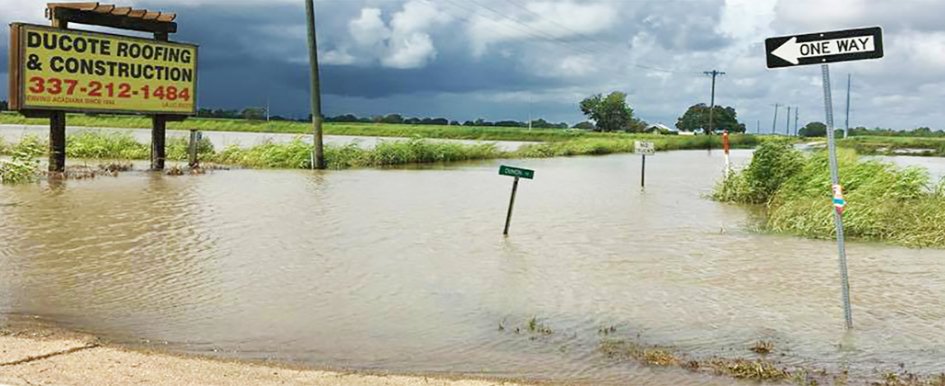
Restoration is the act or process of returning something to its original condition by repairing it or cleaning it. Restoration work is performed to reverse decay, or make alterations to an existing building(s). At the highest level of restoration, there is historic preservation, which involves meeting a hefty set of requirements and standards set to preserve and protect the building’s value and heritage.
More commonly, though, a typical contractor tackles storm restoration. Storm restoration focuses on the restoration of a building due to damage from a severe storm or natural disaster. Most damage is caused by strong wind gusts or hail, but can also include large amounts of rainfall, lightning strikes, and extreme storms, such as tornadoes and hurricanes. The majority of storm damage occurs on roofs, sides of structures and in basements, but over time storms can also cause damage to interiors.
In the United States, storm damage has become all too familiar over the past decade. In 2012, it was Hurricane Sandy, the deadliest and most destructive hurricane of the season, and the second most costly hurricane in U.S. history. Hurricane Sandy affected 24 states and 2013 numbers estimated the financial damages in the U.S. to be about $71.4 billion, a number only surpassed by Hurricane Katrina in 2005.
At the time of printing this issue, our country was facing yet another disaster, mostly affecting the Deep South—an unnamed storm system that experts have reported carried enough precipitation to rival a hurricane. On August 13, record rainfall—more than 2 feet in some areas of Louisiana—covered Southern states from Maryland to South Carolina to Texas, causing rivers to rise and crest, creating historic flooding of nearby areas and roadways. As the waters continue to recede, damage estimates have begun to total billions of dollars in economic loss.
While there are state evacuation plans in place for these storms and other events like them, it is difficult to predict just how severe the damage might be.
Working in the construction industry, contractors face varying levels of water damage on many projects, from minor leaks to full-fledged floods. The longer the condition is left unattended, the more expensive the damage can become. So, when your company or customers become the unexpected victim of a flood, where do you begin when it’s time to get back to business?
According to the Federal Emergency Management Agency (FEMA), almost 40 percent of small businesses never reopen their doors following a disaster, because just a few inches of water can cause tens of thousands of dollars in damages. From 2006 to 2010, the average commercial flood claim amounted to just over $85,000. Visit floodsmart.gov to find out the flood risk in your area.
As it relates to water damage restoration, the insurance industry and others use different terms, such as “emergency response” or “mitigation” companies. In some cases, the insurance providers might have one or more licensed trades providing services independent of the restoration contractor.
In most situations, it’s necessary to call in a restoration professional to assess the level of water damage and recommend a plan of action. Water damage restoration teams like ServiceMaster and Servpro specialize in mitigating water issues, along with specialty contractors or subcontractors working in commercial restoration.
Water damage, including floods, plumbing leaks, broken pipes, storms, sewage backup and appliance malfunctions, can all cause unexpected destruction in your business. These damages can result in immediate revenue loss from having to temporarily close your doors. Getting back to business as usual is the main priority of most company owners in this situation; potentially even more so when you are a contractor missing out on storm restoration project opportunities. The fewer delays to the restoration process, the sooner you can continue to provide for your family and your employees.
Cleaning up a flood-ravaged business is one of the first steps toward recovery. To get started safely, follow these steps:
- Take action to ensure personal safety.
- Contact your insurance agent.
- Secure the buildings and utilities.
- Interview and hire a reputable restoration contractor or service.
- Identify damage, begin cleanup of building contents, documenting and recording the recovery process.
- Re-establish communications with employees, customers and suppliers.
- Decontaminate building(s) and its contents, and have it inspected.
- Secure financial assistance through your attorney and accountant.
- Rebuild and flood-proof your building.
- Ensure worker safety during cleanup.
While there is no match for Mother Nature, a solid restoration plan could save your business from drowning.
